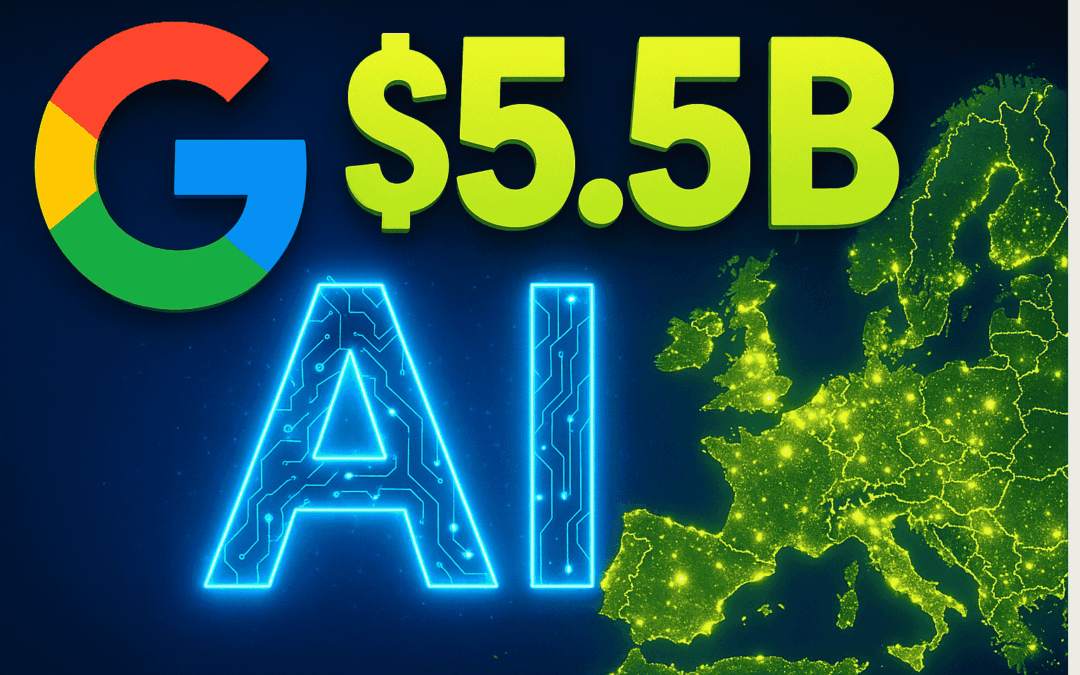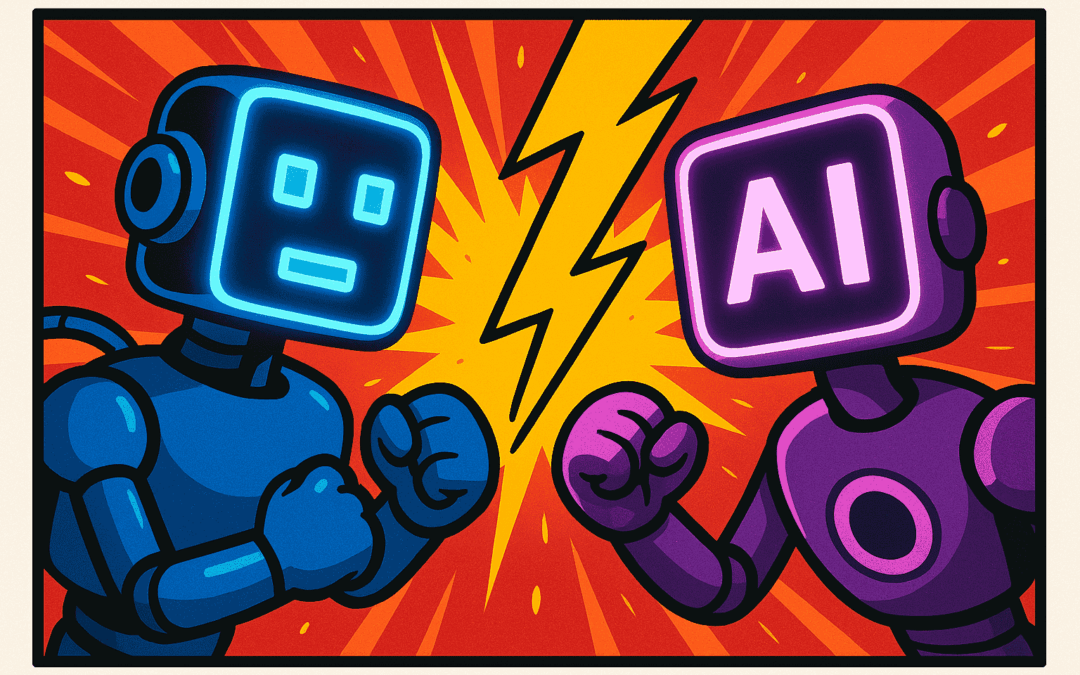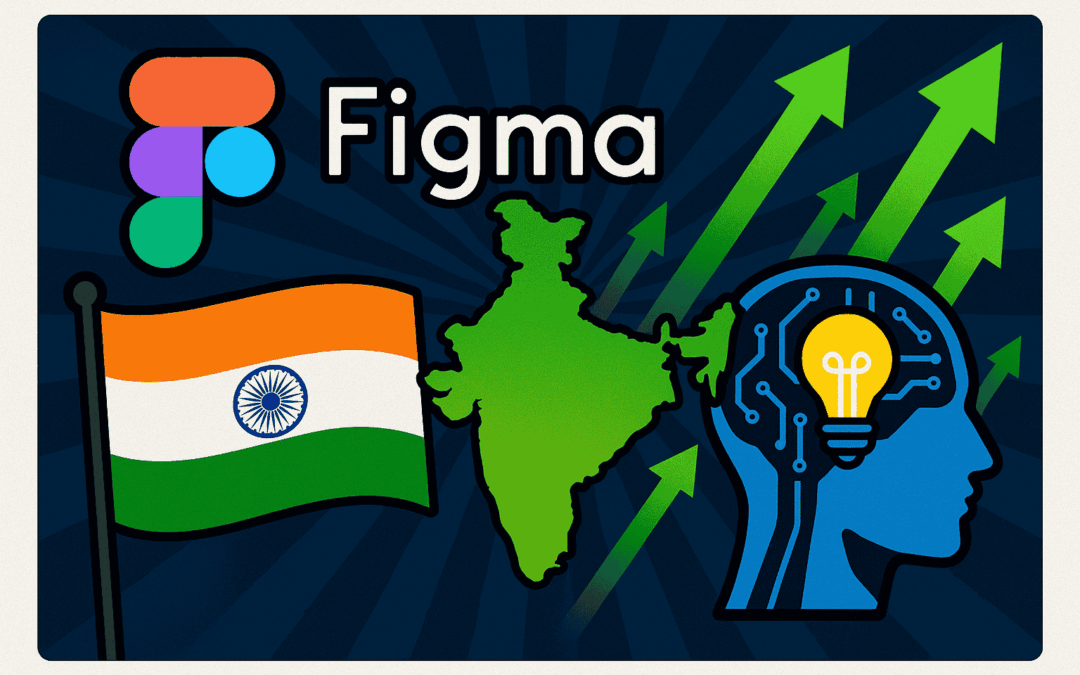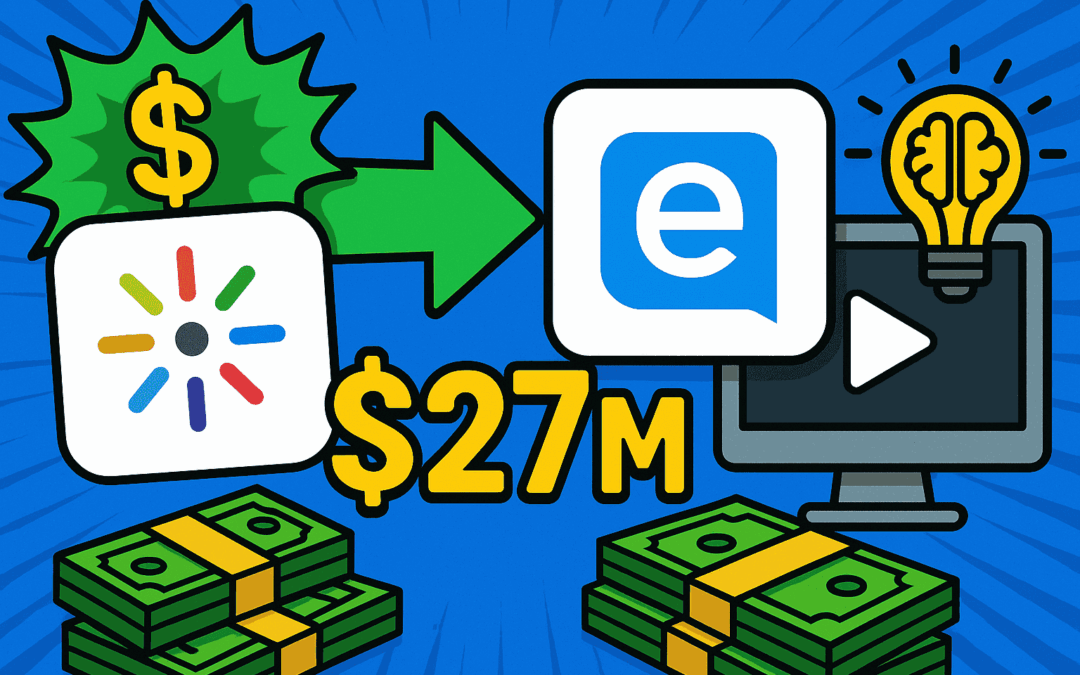Google Maps launches new AI-powered tools, pushing the boundaries of interactive mapping and spatial analysis.
This update unlocks advanced generative AI capabilities, making it easier for developers, startups, and AI professionals to build immersive mapping experiences, automate data extraction, and deploy smarter real-world applications.
Key Takeaways
- Google Maps now offers generative AI tools for developers to create custom, interactive projects directly on its platform.
- These AI features can automate location-based data analysis, streamline user experiences, and boost productivity for startups and enterprise solutions.
- The new APIs and SDKs open doors for next-gen location-based applications integrating AI-driven search, recommendations, and more.
- Implications span urban planning, logistics, real estate, tourism, and AR/VR—potentially redefining how businesses leverage maps as AI platforms.
Google Maps AI Toolkit: What’s New?
Google announced a suite of AI-powered developer tools inside Google Maps, including new APIs and SDKs for interactive project creation.
According to TechCrunch and reinforced by coverage from The Verge and VentureBeat, the platform leverages large language models (LLMs) to help users:
- Build dynamic, customizable maps with AI-generated layers and objects.
- Automate extraction of spatial data (points of interest, routes, real-time events) without manual annotation.
- Integrate natural language queries, recommendations, and AR interfaces.
“Google Maps is positioning itself not just as a navigation tool, but as a programmable platform for AI-driven location experiences.”
Impact for Developers, Startups, and AI Leaders
Developers can now prototype and launch immersive mapping apps faster—leveraging Google’s resources and AI infrastructure.
Startups gain a competitive edge by integrating advanced location intelligence, powering services like contextual alerts, automated recommendations, and even digital twins for smart cities.
“Access to AI-powered mapping SDKs lets teams focus on product innovation rather than backend geographic computation.”
Wider Implications for AI in Mapping
This move intensifies the innovation race in geospatial AI.
Microsoft Bing Maps and OpenStreetMap have announced recent upgrades, but Google now leads the sector by fusing GenAI and its massive real-time data assets. Real-world use cases likely to accelerate include:
- Urban Planning: Automated heatmaps and traffic forecasting for city planners.
- Retail & Real Estate: Enhanced location scouting using AI-driven trends and predictive analysis.
- Tourism: AI-powered interactive guides and AR overlays for travelers.
- Logistics: Real-time route optimization and supply chain analytics.
Rival mapping platforms will need to respond with similar AI integrations or risk losing developer mindshare. Those building AI products with spatial components—from autonomous vehicles to local delivery apps—will find Google Maps’ AI toolkit a pivotal asset.
“Generative AI in mapping is not just a trend—it’s rapidly becoming foundational technology for location-based businesses.”
Future Outlook
With LLMs embedded in spatial contexts, anticipate more intuitive interfaces: maps that understand conversational prompts, recommend optimal places, and visualize hypothetical scenarios in real-time.
As AI continues to transform SaaS, AR, and IoT, Google’s latest updates mark a significant inflection point in how digital and physical worlds merge through location intelligence.
Source: TechCrunch









